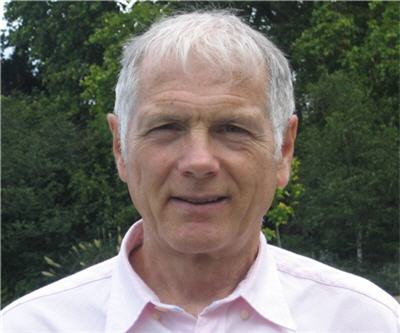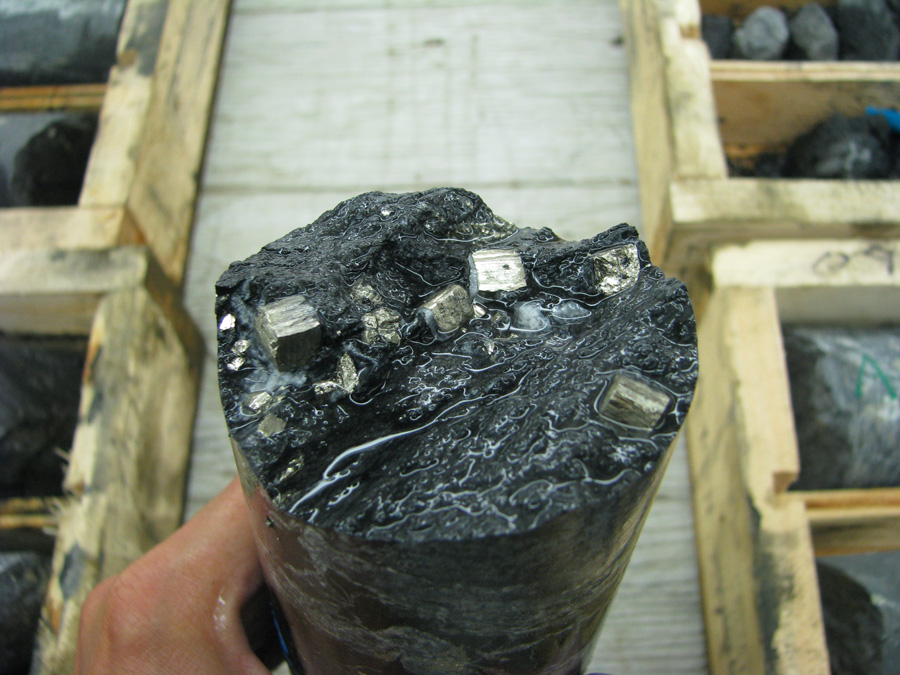MUST READ: Gold – the race for the world’s most seductive metal

When it comes to putting together a book on a storied subject like gold, the hardest task for the writer is not gathering the material.
It is which tales to leave out.
Matthew Hart, author of Gold: The Race for the World’s Most Seductive Metal, does a splendid job of transporting readers from one defining moment in the history of gold to the next.
Hart, author of seven books including Diamond and a veteran journalist who has appeared on CNN and 60 Minutes and contributed to Vanity Fair, Globe & Mail and others, had to pick his targets carefully to fit into Gold’s brisk 233-page narrative.
Hart does not find the space to chronicle India’s ongoing love affair with gold, the Bre-X scam of the late Nineties, or today’s headline-making dispute over Europe’s largest gold project in Romania, but the omissions provide Gold with admirable pacing and cohesion.
He often jumps back and forth hundreds or even thousands of years to create an arc that spans from the first gold jewellery created more than 6,000 years ago through vivid descriptions of how Inca gold transformed the European financial system, the “Nixon shock”, the game-changing creation of gold-backed ETFs and right up to how the centre of the gold universe has shifted to China.
Gold is peppered with aphorisms – “Ore is a human construct, not a natural one. Nature makes metal. Ore is made by math.” – and the style is emphatic: “It was a thirst that powered the first gold rush – a murderous, cruel, intoxicating, brutal adventure that swallowed an entire civilization and spat it out as coins.”
In addition to interviews with the major entrants in the race for gold like explorer Mark Bristow of Randgold and Barrrick Gold’s founder Peter Munk, Hart spends time discussing the also-rans.
South Africa’s illegal miners who live for months at a time kilometres down working mine shafts, the artisanal miners caught up in Africa’s First World War in Congo and the thousands of “carrying-ore-on-the-back-people” extracting the last ounces from China, also shine in Gold.
Although Gold sometimes reads more like a novel, it features extensive notes, missing from so much non-fiction, a handy index and an audio version.
Despite the vast scope of the work, Hart is able to include anecdotes from gold’s long history like the Brink’s MAT robbery in Britain, a bullion haul that at today’s prices would be worth hundreds of millions of dollars.
The 1983 heist (still begging for a Hollywood treatment) is covered in the chapter discussing ETFs, hedge funds and speculation and is used to poke holes into one of the central arguments of backers of bullion – that it’s just like cash.
The robbery and the 2010 case of the 349 tonnes of gold that suddenly appeared at the Bank for International Settlements (the central bank of central banks) are examples of Hart’s skill to take shorter episodes in the life of the yellow metal to illuminate many of the mysterious aspects of the gold market.
Gold’s place in the world of money and monetary policy remains fiercely contested and central bankers like Ben Bernanke and Janet Yellen admit they don’t understand the mechanisms of the market.
Hart does not take sides in the gold as money debate, he is more interested in the motivations of those who covet the metal. He sees gold as an emotive metal that can be used to take the temperature of the human race.
With gold on the brink of its first down year in more than a decade and hundreds of dollars below its peak, one of Hart’s characteristic paragraphs supplies cutting insight into how we got here:
“But gold is never peaceful. It’s a fever spread by doubt. Doubt and suspicion are its pathogens. Besides jewelry and a few industrial uses, there are no other reasons to own it. If you’re not suffering from the fever, you are betting that others will. Gold is inseparable from speculation about disaster, misfeasance, or manipulation. Even when the price is high, owners suffer from the fever, because what if the price goes down?”
More News
{{ commodity.name }}
{{ post.title }}
{{ post.date }}

Comments
frankinca
The philosophy of Gold is nice, but the politics and methodology have my interest.